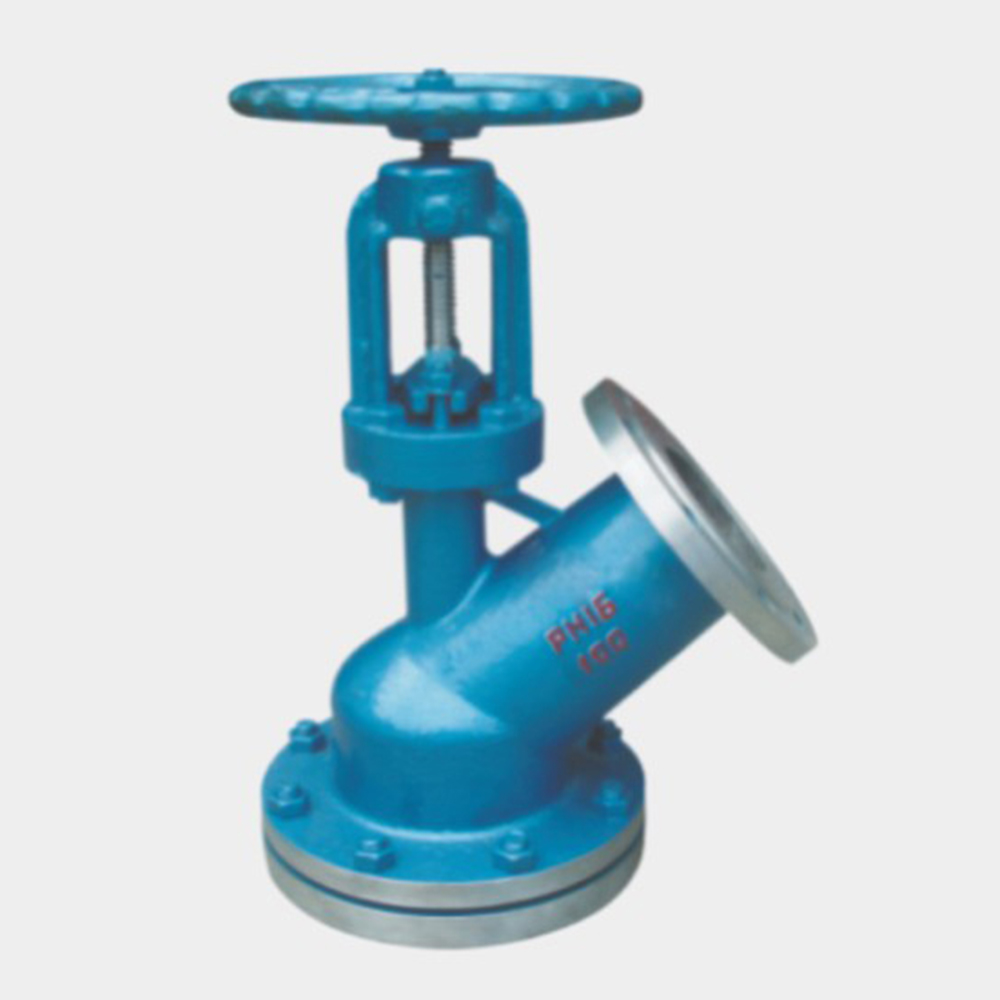Design principle and working mechanism analysis of upward and downward expansion discharge valves

Design principle and working mechanism analysis of upward and downward expansion discharge valves
In industrial automation control systems, the up and down expansion discharge valves play a crucial role. The design of these valves allows materials to accurately flow into or out of the container under specific conditions. This article will provide a detailed analysis of the design principles and working mechanisms of such discharge valves.
design principle
The main difference between the upward and downward discharge valves is their opening method. When the upward expansion discharge valve is opened, the valve core moves upwards to open the flow channel; The downward expansion discharge valve achieves the same effect by moving the valve core downwards. This design allows them to be installed unobstructed at the bottom or top of the pipeline.
- Structural design: These two types of valves usually consist of a valve body, valve cover, valve seat, and valve core. Among them, the valve seat and valve core are key components to ensure sealing performance.
- Sealing mechanism: In order to ensure the sealing effect, the upper and lower expansion discharge valves use precision machined matching surfaces between the valve seat and valve core, and usually use compression springs and other mechanisms to provide additional pressure to enhance the sealing.
- Material selection: According to the different processing materials, various materials can be selected for the valve body and core, such as stainless steel, carbon steel or special alloys, as well as rubber or PTFE (polytetrafluoroethylene) as sealing materials.
Working mechanism
- Upward expansion discharge valve:
-When material needs to be discharged, apply force to the valve stem through hydraulic, pneumatic or electric actuators to move the valve stem and the valve core fixed on it upwards.
-Lift the valve core from the valve seat, open the flow channel, and allow the material to flow out of the container.
-When the discharge is completed, the actuator relaxes and the valve core reseats due to its own weight or the auxiliary closing spring, closing the flow channel.
- Downward expansion discharge valve:
-The working mode of the downward expansion discharge valve is similar to that of the upward expansion valve, except that the valve core moves downward to open the flow channel.
-The actuator pushes the valve stem and core downwards to open the channel and release the material.
-When closed, the valve core is lifted and reset to restore the sealing state.
The design of these two discharge valves allows for very fast and accurate flow control, making them particularly suitable for situations that require frequent opening and closing. Whether it is an upward or downward expansion, their design is to ensure that the material can be quickly and completely discharged when necessary, while maintaining extremely high sealing performance in the closed state.
In summary, the up and down expansion discharge valves, with their unique design and working principle, provide efficient and reliable control solutions for various industrial processes. When users choose to use it, they should consider specific application requirements, including factors such as flow rate, operating frequency, material properties, and installation conditions, to ensure the best working effect is achieved. With the continuous advancement of technology, the design and function of these discharge valves are also constantly being optimized to meet more stringent industrial application requirements.












